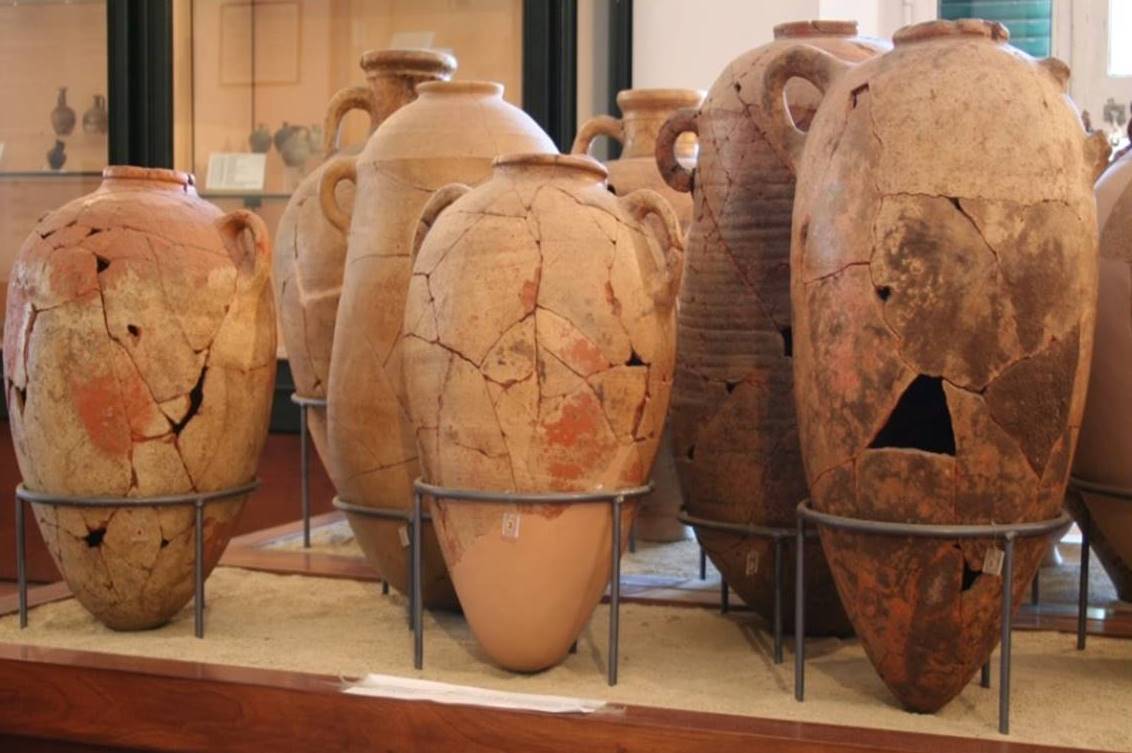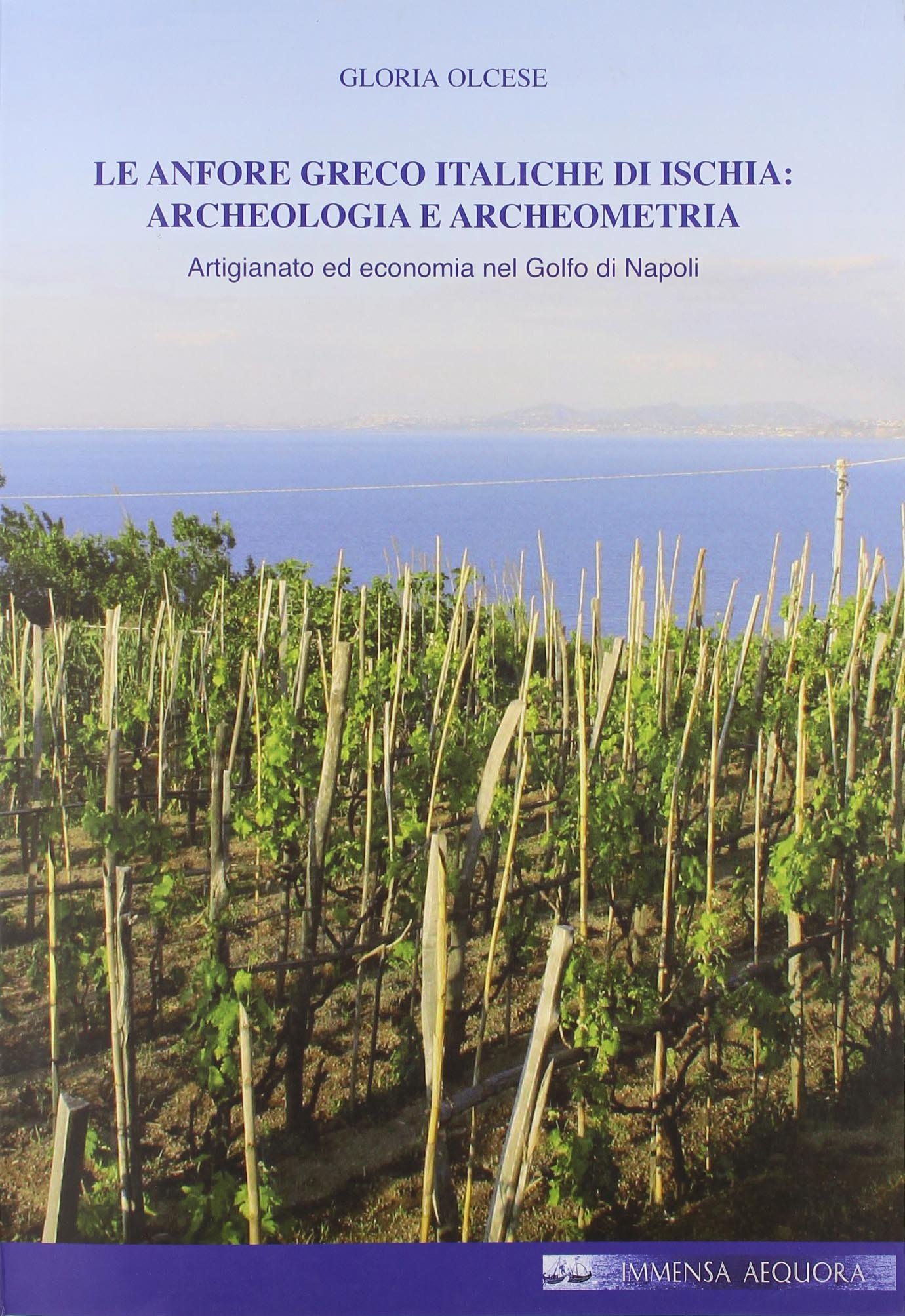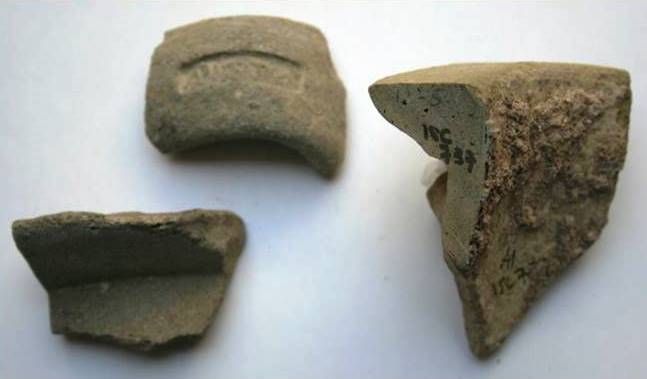| LOCATION Ischia and Gulf of Naples PERIOD 1999 - on going PAPERS |
What are the amphorae produced at Ischia (and/or at Naples)?
Where and when did they circulate?
What are the types? What are the stamps? What are the fabrics?
These are just some of the questions that the studies conducted on the island have tried to answer.
In a first phase, archaeological, epigraphic and archaeometric studies of the Graeco-Italic amphorae produced at Ischia, as well as comparisons with amphorae from Neapolis, have generated data on the production and trade of wine in the Gulf of Naples and on the initial phase of Roman economic expansion in the Western Mediterranean.
In a second phase, the study included the Graeco-Italic amphorae from sites and shipwrecks in Sicily and Western Mediterranean, in order to verify the possibility of a common origin.
In particular, one of the most significant results obtained during the research was the attribution to the Gulf of Naples of the Graeco-Italic amphorae from the cargoes of the Aeolian shipwrecks Filicudi F and Secca di Capistello: thanks to the new data, in fact, it was possible to clarify the dynamics of the circulation of wine in the period between the end of the 4th and the first half of the 3rd century B.C.
The study of the amphorae from Ischia has recently also involved other locally produced types (A, B, cylindrical neck, SOS forms), going back in time to the Archaic age, on the basis of the first research carried out by G. Buchner and D. Ridgway, N. Di Sandro, F. Durando and J.-C. Sourisseau.
An other line of research includes the Dressel 1 and Dressel 2/4 amphorae in Campania (in particular, in Pompeii and Campi Flegrei). The research, to be carried out within the doctoral thesis of A. Razza, is aimed at the reconstruction of the production and distribution of these two types of amphorae in some important sample sites (such as Ostia and Rome). To this end, the project intends to cross archaeological data (typological and epigraphic) with the archaeometric ones, in order to identify the origin areas of the workshops.

Amphorae produced at Pithekoussai, conserved in the Museum of Villa Arbusto.

Cover of the book Olcese, "Le anfore greco italiche di Ischia: archeologia e archeometria", 2010.
Example of Graeco Italic amphora from Ischia (Olcese, "Le anfore greco italiche di Ischia: archeologia e archeometria", 2010, p. 55).

Furnace wastes of Graeco Italic amphorae from Ischia (Olcese, "Le anfore greco italiche di Ischia: archeologia e archeometria", 2010, p. 30).




